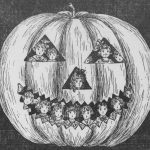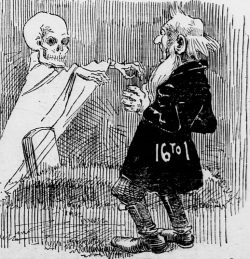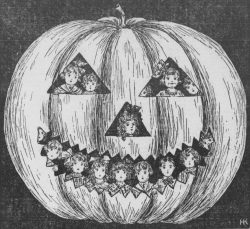Halloween Pumpkin Carving – Origins of Jack-o’-Lanterns
The tradition of carving Jack-o’-Lanterns has its roots in Ireland, where turnips were originally used instead of pumpkins. This custom is steeped in folklore, particularly the legend of a man named Stingy Jack.
According to the tale, Stingy Jack was a clever but unscrupulous man who repeatedly tricked the Devil. After a series of encounters, he managed to negotiate a deal with the Devil, agreeing to release him on the condition that Jack would never have to face Hell.
However, upon Jack’s death, he discovered that Heaven had no place for his soul either. As a result, he was condemned to wander the Earth as a ghost for eternity. In an act of irony, the Devil gifted Jack a burning lump of coal to illuminate his path.
To protect himself from the harshness of his fate, Jack placed the coal inside a hollowed-out turnip, creating the first Jack-o’-Lantern.
As the legend spread, locals began to adopt this practice, carving frightening faces into their own turnips. The intention was to ward off evil spirits, using the carved turnips as protective talismans during the dark nights of autumn.
When Irish immigrants brought this tradition to America in the 19th century, they discovered that pumpkins were more abundant and easier to carve than turnips. This adaptation led to the vibrant and creative Jack-o’-Lanterns we see today, a staple of Halloween festivities.

























